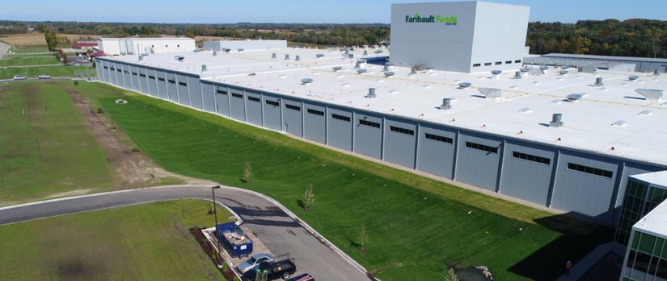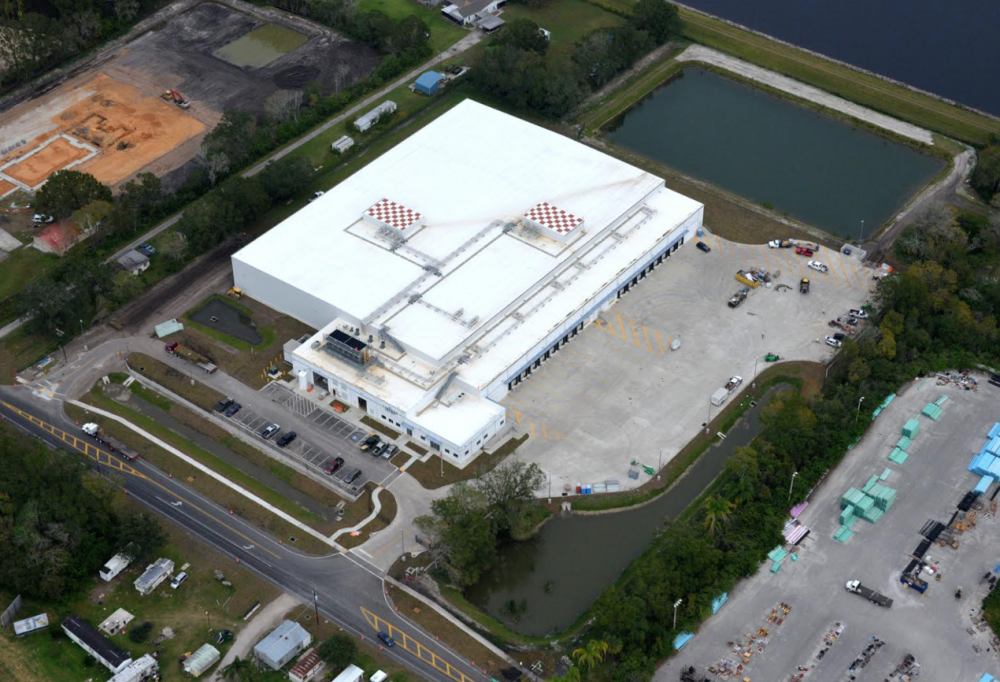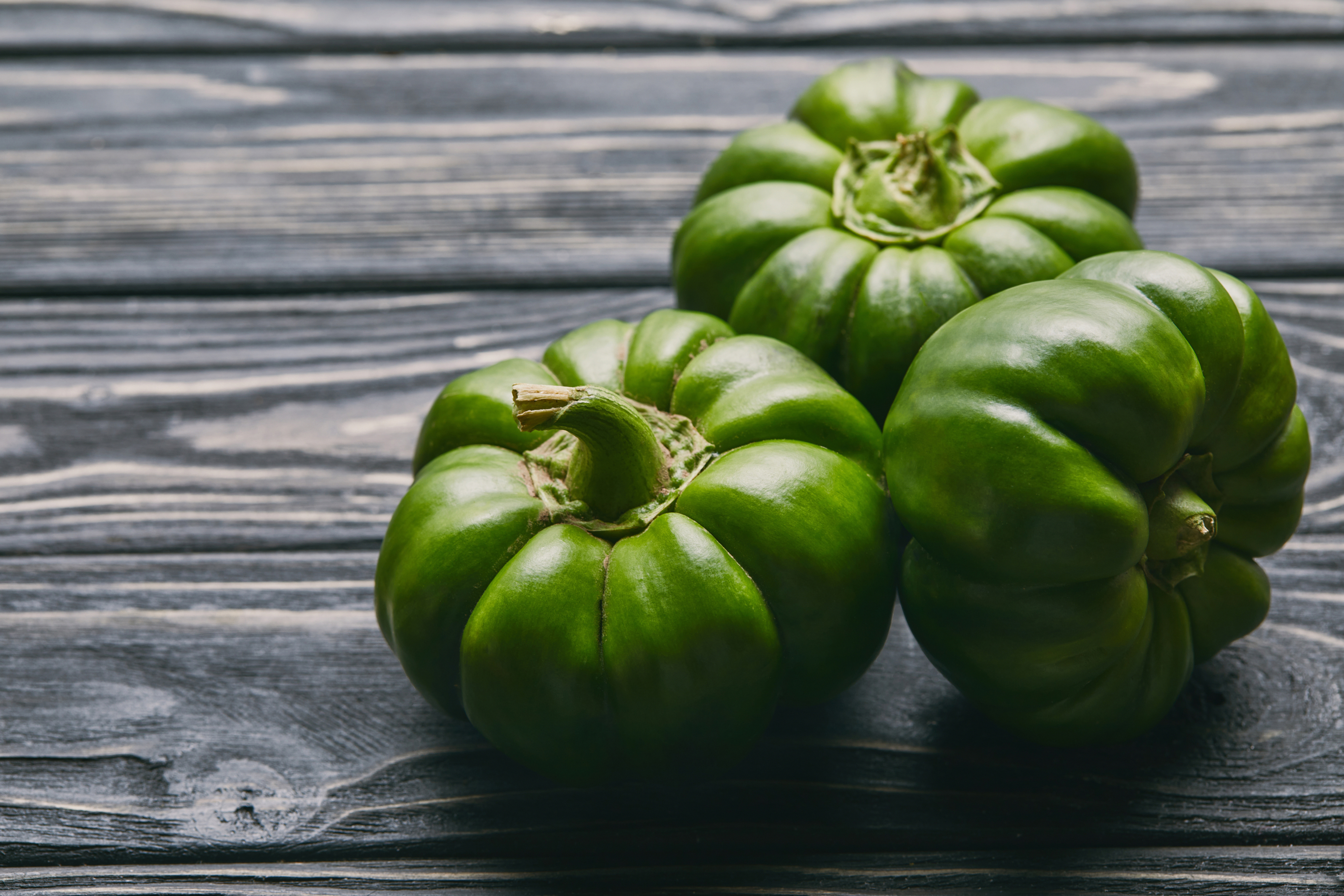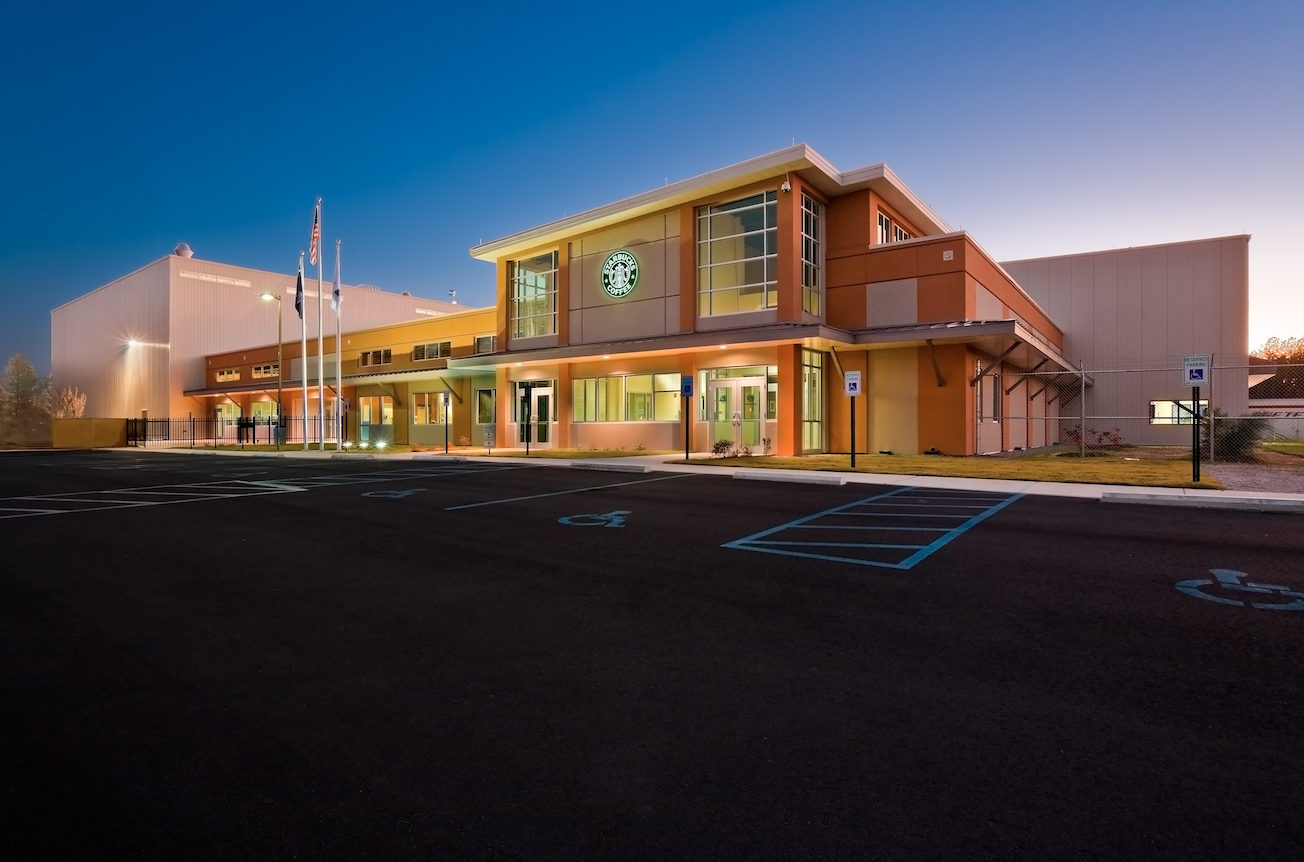Food Plant Construction: How We Cut Three Months of Weather Delays Down to One
Combating weather delays in a construction project is always a shifting challenge, but how do you cope with record-breaking rainfall, subzero temperatures, delayed equipment and an aggressive project schedule? Read on for lessons learned from a recent project we completed in the state with the second-coldest winter in the continental U.S.
Continue Reading “Food Plant Construction: How We Cut Three Months of Weather Delays Down to One”










![Installing Packaged Refrigeration vs. Traditional Systems [Infographic]](https://stellarfoodforthought.net/wp-content/uploads/2018/08/083018_Feature-image.png)
